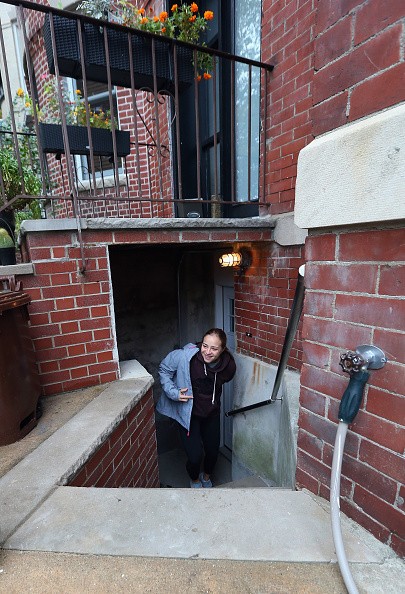
When it comes to home layouts, a walkout basement is a desirable feature that can provide additional living space while blending indoor and outdoor areas seamlessly. But what exactly is a walkout basement, and why should you consider having one? Let's explore this functional design.
What Is a Walkout Basement?
A walkout basement is a type of basement that has one or more walls fully exposed on the home's lowest level due to sloping ground or a built-up foundation. This design allows for exterior exit doors, usually opening up to a patio or the yard at ground level rather than stairs leading up from the basement to the main floor.
Walkout basements are usually found on sloped lots, but they can also be installed on excavated lots. This, however, requires the use of retaining walls to ensure the soil does not collapse.
Benefits of a Walkout Basement
The primary advantage of walkout basements is the enhanced natural light and sense of openness provided compared to traditional basements. Because at least one wall features full-height windows or doors accessing the outdoors, these lower levels feel much brighter and more inviting. Walkouts make basements feel far more like additional living spaces rather than dark, closed-off areas.
Homeowners can use walkout basements nearly identically to a home's main floor with rooms like recreation rooms, guest suites, home offices, or in-law suites. The easy basement-to-yard access also creates a seamless indoor-outdoor living flow ideal for entertaining. Walkouts are particularly valuable for homes built on sloped lots where a large portion of the basement is already exposed anyway.
Other benefits include:
Rental Income - walkout basements can be rented out as long as they meet the local requirements for a rental.
Extra living space - walkout basements can serve as an extension of your living space or as a separate "home" for relatives and loved ones.
Cons of a Walkout Basement
While most homeowners love walkout basements, there are a few potential drawbacks to consider.
Labor - Walkout basements require more excavation and construction labor, increasing costs compared to standard basements.
Leaks - Keeping walkout basements dry is also critical since their below-grade portions are more susceptible to water seepage or flooding from heavy rains.
Property Requirements
To have a true walkout basement, your property needs ample backyard space and the appropriate existing sloped topography or elevation differences across the lot. It's also more easily incorporated into new construction versus retrofitting into existing homes, depending on the foundation layout.
Additionally, drainage is essential to prevent leaks and basement floodings caused by rain or meltwater.
© 2025 Realty Today All rights reserved. Do not reproduce without permission.



